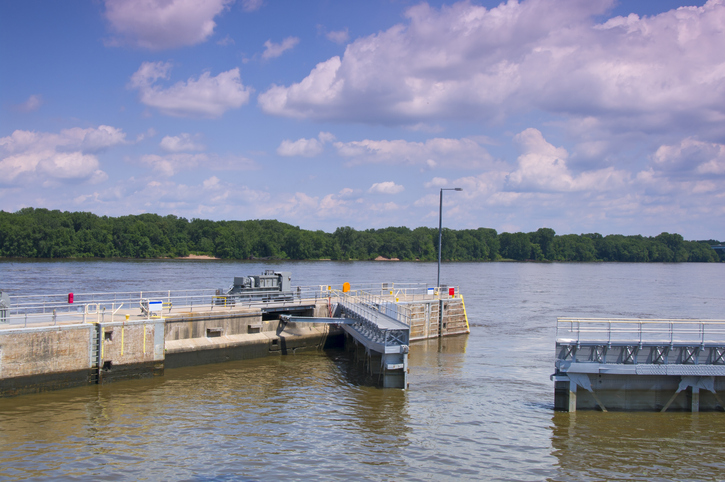
It’s a WRDA year!
We’ve made tremendous strides in recent years applying Buy America rules to federal water infrastructure projects.
That means the money the federal government will spend on maintaining these important installations – think of lock and dam systems on the Mississippi river, drinking water filtration facilities along the Great Lakes, or harbor maintenance projects in New England – will buy their materials from American companies that employ American workers. That keeps them in business, and keeps federal spending flowing through American communities.
This isn’t money we should just let siphon away when the government goes a-spendin’; its tens of billions of dollars. And, what’s more, water infrastructure is really important: You need passable rivers, floodplains managed, navigable harbors, and safe drinking water for the smooth function of the economy. Also for the smooth function of, you know, society. I like my water potable.
Anyway, Congress authorizes work on these projects managed by the U.S. Army Corps of Engineers every two years (that’s “biennially” for all the Scrabble-heads out there) in an omnibus bill called the Water Resources Development Act (WRDA). And 2022 is a WRDA year! So the House Transportation and Infrastructure set up a Zoom call today and got the process rolling with its first hearing on this bill.
If you want to watch a series of House members tell the chief of the Corps over the course of a few hours that they hope that water infrastructure projects in their home district are addressed soon, you can watch the whole thing on YouTube.
But believe me, there’s a lot to do. The American Society of Civil Engineers says “there is a water main break every two minutes and an estimated 6 billion gallons of treated water lost each day in the U.S. enough to fill over 9,000 swimming pools.”
As such, there’s a huge backlog of approved projects that the Corps plans to tackle, and the infrastructure bill signed by President Biden last year will dedicate $17 billion to fix them. This year’s WRDA will build on that, and it will add up to serious money and a legitimate number of projects being put underway.

